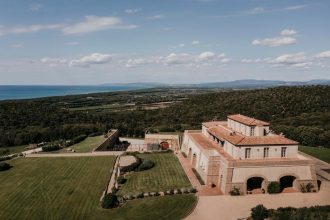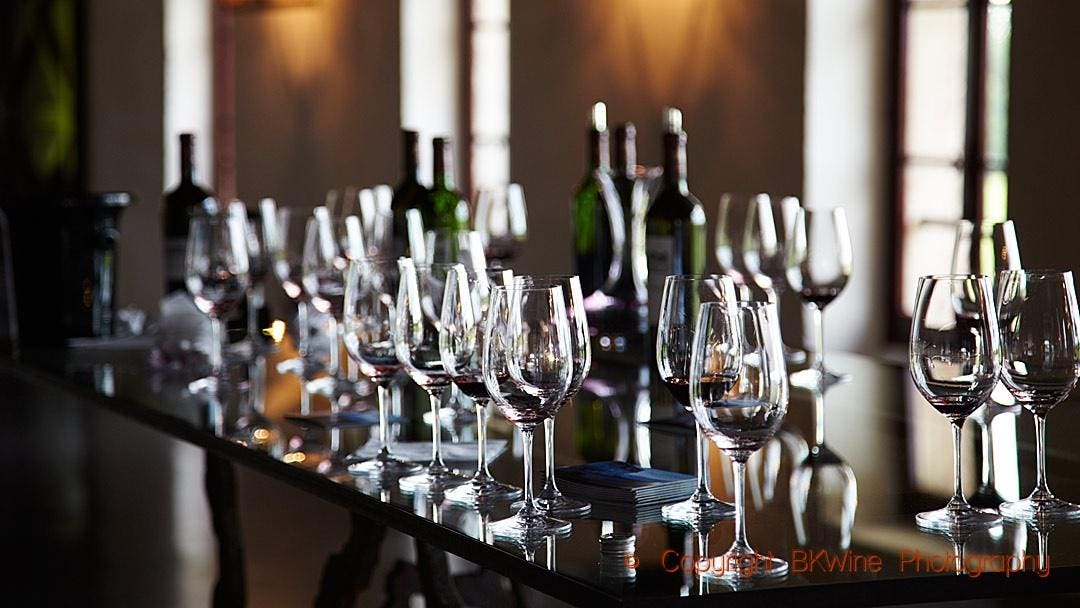Is Napa Valley starting to price itself out of the market? After reading the recently published Silicon Valley Bank Direct-to-Consumer Survey 2023, one might be justified to ask the question. The average price of a bottle of Napa County wine has now reached $108 ($107.79 to be exact), according to the survey. This is almost double the average price of a bottle of Sonoma wine, at $57.26. After these two regions, there is a group of wine regions that hover a bit above the $50 mark, although not quite in the order one might perhaps expect (in decreasing price order below):
- Santa Barbara
- Paso Robles
- Oregon
- Washington
At the bottom end of the scale, we have “other California” at $35 and Virginia at $32. And finally, the rest of the US at $26, less than a quarter of the Napa prices.
But one should perhaps be careful of interpreting these numbers too literally. They are based on a survey with a total of 332 respondents (wineries), a quarter of which are in Napa. But even if it is not statistically rigid for all wines and all wineries, it clearly shows that Napa is far ahead of everyone else. When it comes to price.
A few things strike me, as an international observer, about these numbers. First, of course, the exceptionally high average price of Napa wines. I can not think of any other wine region in the world that would fetch an average price on that level.
The other remarkable thing is the overall price level across all regions in the US. American wines are expensive, apparently. Even the lowest category, “other US”, comes in at an average price of $26.08. Few wine regions in other countries would come even close to that on a domestic market. One can understand if US wine would be struggling in export markets.
It also seems, surprisingly, that Oregon and Washington, two wine regions with a long tradition of premium wines and with an international reputation, have been overtaken by Paso Robles and Santa Barbara.
Tasting room fees
The survey focuses on all aspects of direct-to-consumer sales, and one important DTC channel is winery visits, or, as it is usually labelled in the US (and in this report), “tasting room”. Tasting room visits declined significantly during the covid years, but the most dramatic shift since the pandemic began is the move from “walk-in” (without appointment) to “by appointment”. Here again, Napa stands out, followed to some extent by Sonoma. Over 60% of wineries in Napa do not accept walk-in visits; you have to pre-book. In Sonoma, the number is almost 50%. The other regions are much more open to visitors without a pre-booking.
There used to be a time when you could go to a winery or a tasting room and pay only a nominal charge or even nothing at all. This is no longer the case, at least not in the US. (It is still fairly common in some regions in Europe.) Here again, Napa stands out, being, by very far, the most expensive. According to the SVB survey, the average tasting fee for a “reserve” (premium) tasting in Napa is $128 (or for a standard tasting, “only” $81). From an international perspective, this is an extraordinary price level, almost unheard of. I can’t help wondering if visitors feel they get value for money with these tasting fees.
Sonoma follows with an average reserve tasting fee of $72 and the standard one at a comparatively affordable $38. For the other regions, the reserve fee ranges from $20 to $61, and the standard one from $14 to $34.
The survey does not touch on the subject of what is included in the fee. In many other parts of the world, a winery visit would often include both a tasting and a visit to the winery and perhaps even to the vineyards. In many European regions, you would also stand a good chance of meeting the winemaker or the owner, who might even conduct the tasting and show you around.
Tasting room sales
If Napa collects the most money for the tastings, the same goes for the tasting room purchases, the bottles that the visitors carry home. Here, the gap between Napa and all the others is even greater, with Sonoma a distant second. The average shopping basket at a Napa winery’s tasting room is almost $500 ($487.87) in 2022, approximately a 50% increase from the previous year (2021). Sonoma is at $235, and most other regions are around $160. Clearly, it can be profitable to sell your wine at the cellar door.
Wine tourism, travellers coming to the vineyard or tasting room for a visit, has become big business in Napa and, to some extent, also in the other regions. With over one thousand monthly visitors in Napa, an average winery generates substantial revenue from the visiting wine tourists.
Napa has become an astonishing success on the US wine scene, both for wine sales and for wine tourism. One can only hope that the consumers feel they get value for money.
You can find more details on US direct-to-consumer wine sales in the SVB survey report here.
—Per Karlsson
Read the full article here





